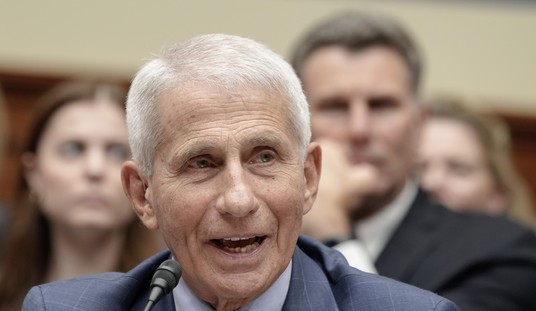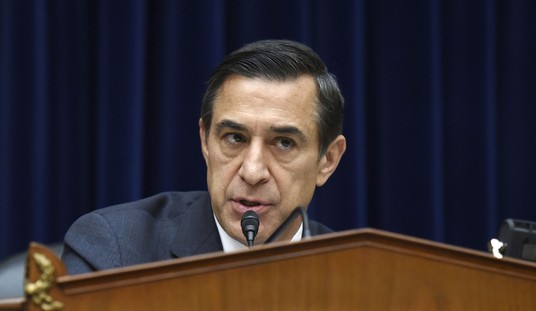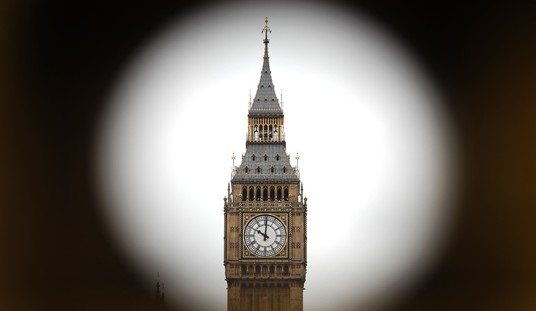Anti-fracking activists who have been eagerly awaiting the Environmental Protection Agency’s (EPA) Science Advisory Board (SAB) findings on hydraulic fracturing must feel like those kids who rush downstairs to open their presents on Christmas morning, only to find out Santa gave them socks. Instead of determining hydraulic fracturing, commonly called fracking, to be dangerous, as the activists hoped, SAB essentially confirmed the conclusions of EPA’s draft study, which found no evidence hydraulic fracturing has had widespread or systemic impacts on groundwater resources but wants EPA to show more data to back up these claims.
Fracking opponents had been hoping SAB would recommend the headline conclusion “hydraulic fracturing had not led to widespread, systemic impacts on water quality” be removed from the report. Instead, SAB stated if EPA retains this conclusion, it should provide a quantitative analysis that clearly supports the claim fracking is not having a widespread impact on water resources. This statement amounts to what our math teachers always told us: “I don’t care if you have the right answer, show your work.”
This is exactly the sort of recommendation a science advisory board should make, because in science, one cannot simply show the conclusion without explaining the methodology or presenting the evidence that led to that conclusion. And when it comes to fracking, the quantitative evidence shows environmental impacts are rare and the risks associated with this practice are manageable.
Evidence supporting the safety of fracking is abundant. Recent data from the Pennsylvania Department of Environmental Protection found absolutely no confirmed cases of stray methane migration in the Keystone State in 2015 and only five such cases in each of the two preceding years. This comes at a time when thousands of wells were drilled in the state (785 wells in 2015 and 1,373 in 2014). This means, incredibly, 99.77 percent of the wells drilled in Pennsylvania during the past two years have had zero leaks. This is the kind of quantitative analysis that can help people understand the risks associated with fracking.
Recommended
A study published earlier in 2016 by the University of Cincinnati investigated the impact of fracking on water supplies in five Ohio counties over the course of three years. It found fracking had no effect on the quality of water. Similarly, a study by Yale researchers analyzed the impact of fracking on water supplies and concluded fracking does not contaminate drinking water. There are dozens of other studies that reach similar conclusions, making the hopes of activists who want to ban fracking look, at best, bleak.
It seems as though some of the most vocal opponents of fracking were hoping EPA is so lazy it would decide to retract its headline conclusion rather than supply quantitative evidence to support it. In an interview given for an article published by NPR’s StateImpact, a representative from Food and Water Watch said, “[The new SAB report] makes clear that EPA could scrap the language altogether and avoid this issue of having to quantify widespread systemic impacts.”
If anti-fracking crusaders are so confident additional data would support their position, they wouldn’t need to hope for a lazy EPA.
SAB also encouraged EPA to discuss high-profile cases—such as Pavilion, Wyoming and Dimock, Pennsylvania—in which the public has expressed specific concerns about potential contamination. In Pavilion, Wyoming, state environmental regulators found EPA did not use proper methods to test for whether fracking had contaminated the water there, and further investigation conducted by the Wyoming Environmental Quality Board concluded fracking chemicals had not contaminated groundwater. In Dimock, Pennsylvania, a jury awarded a large settlement to a family suing a natural gas driller, even though the legal counsel for the family admitted there is no proof fracking fluids had entered the water.
An in-depth discussion of these two case studies would help to inform the public and alleviate the considerable confusion that still exists about whether fracking has impacted drinking water sources in these areas.
SAB was tasked with reviewing EPA’s draft study, which examined over 3,500 sources of scientific information, and providing recommendations. Like all good scientists, SAB effectively said, “Show me the data,” and hopefully, EPA does just that, because people living in areas where fracking is taking place—or could take place in the future—deserve to have a data-driven explanation of the actual risks of fracking, not more misinformation from anti-fractivists.
























Join the conversation as a VIP Member